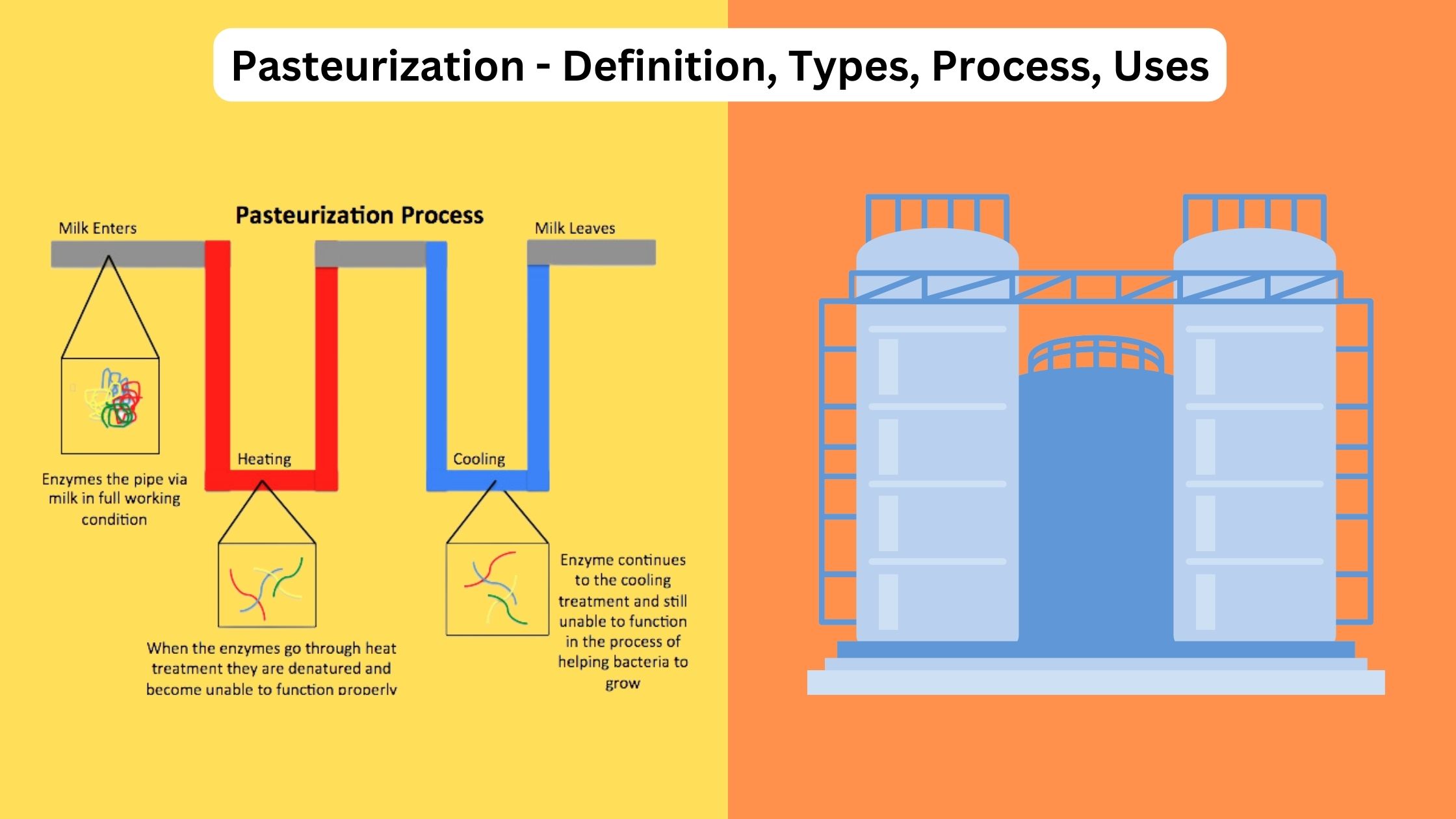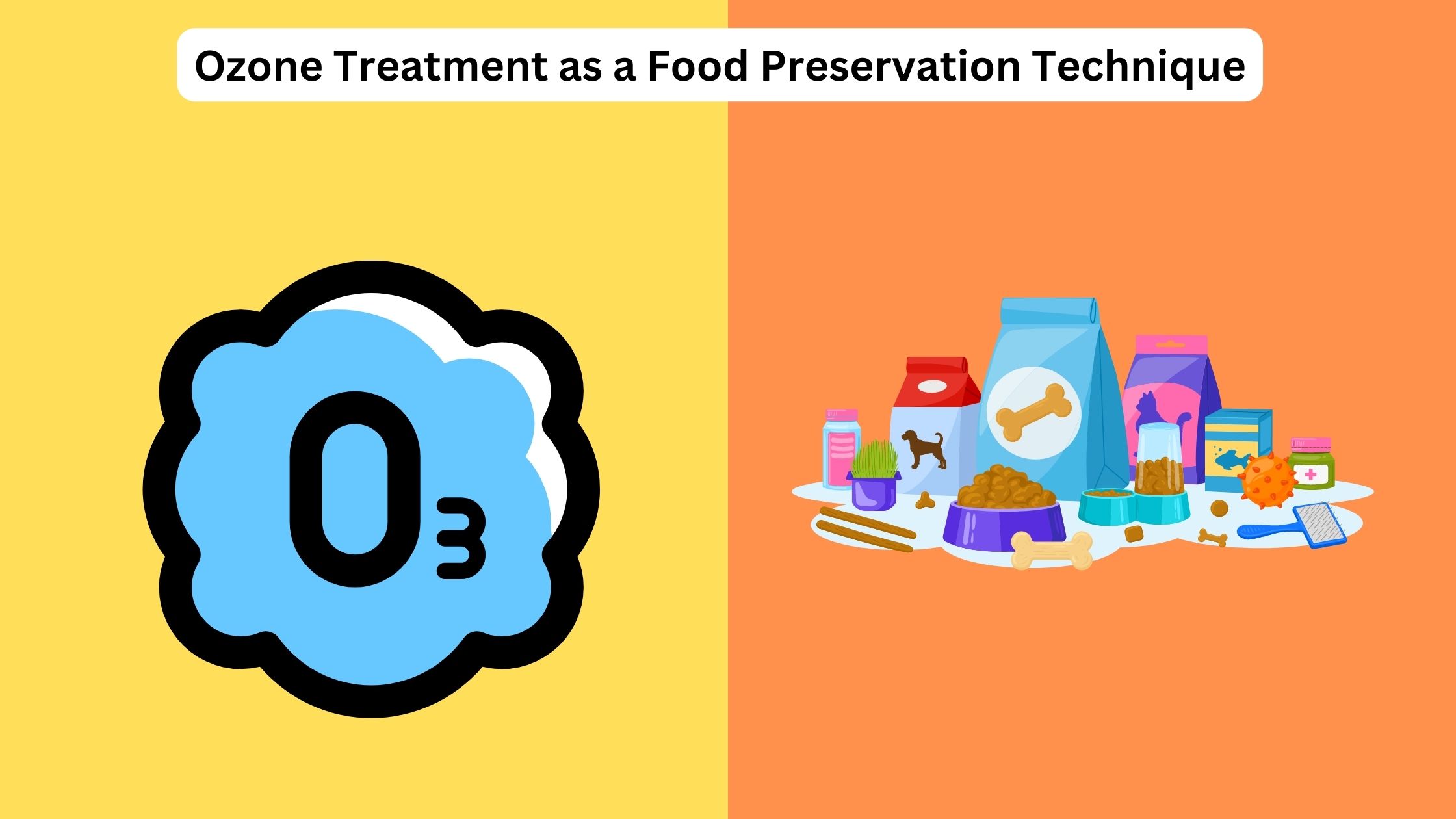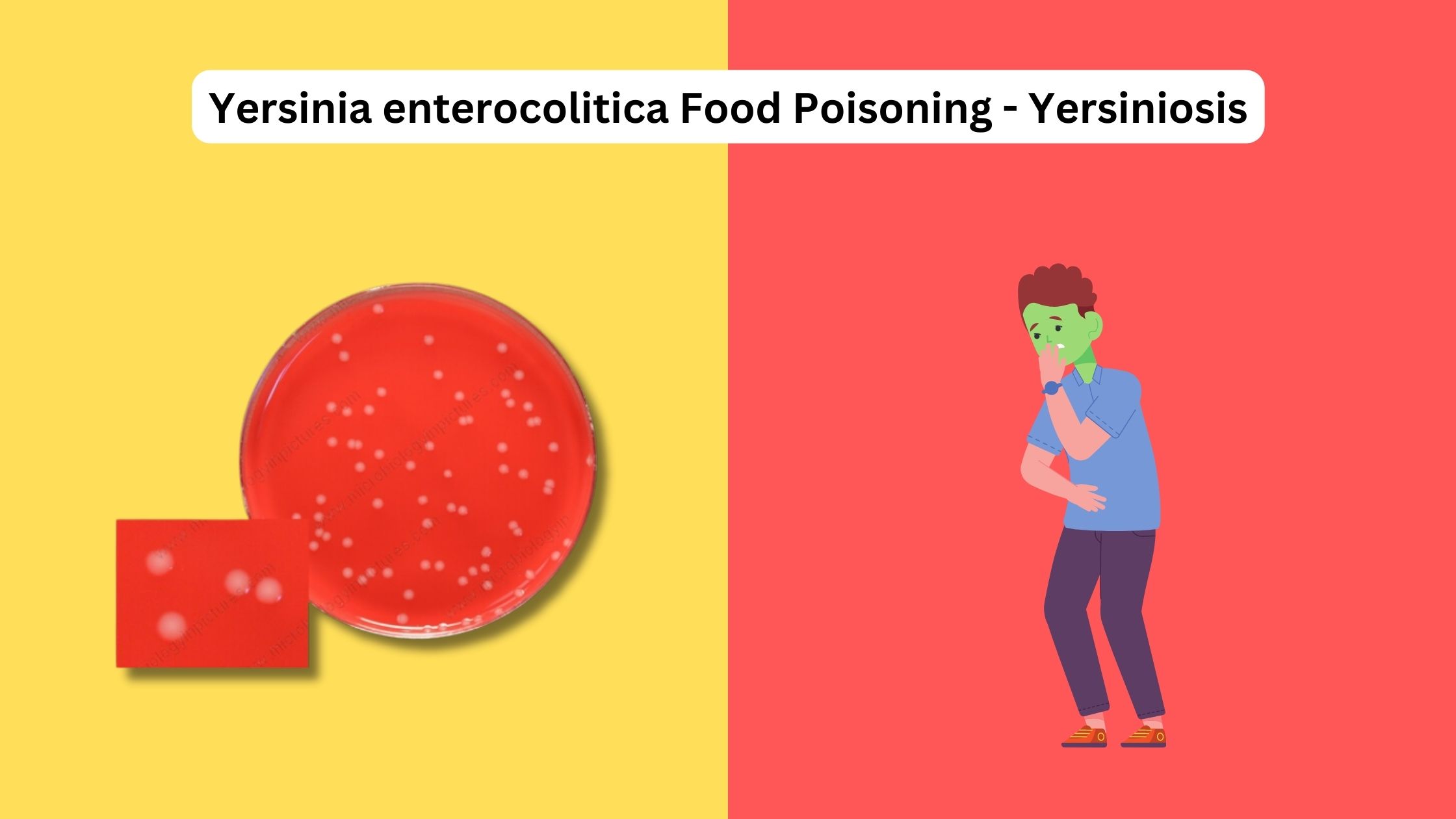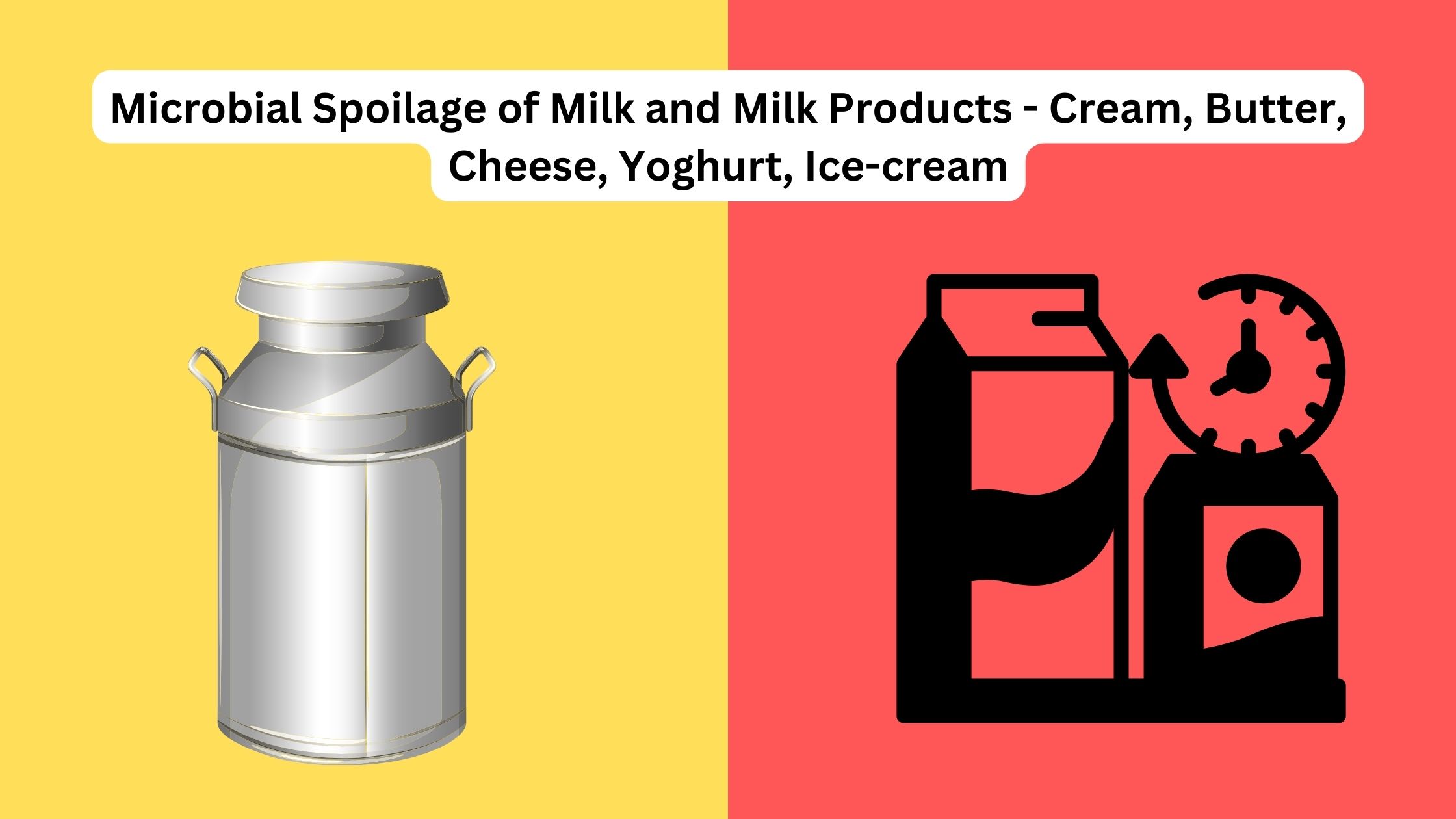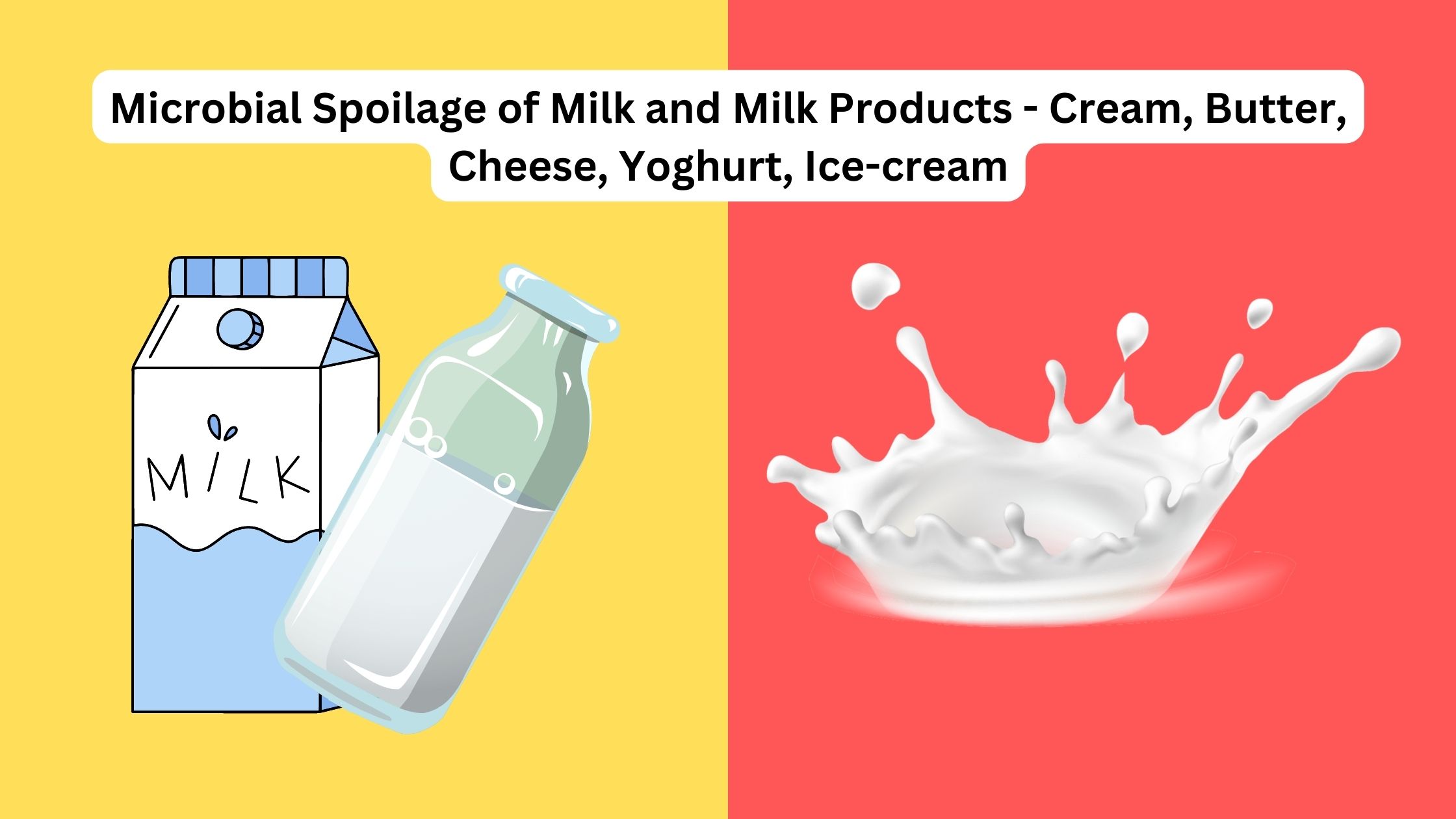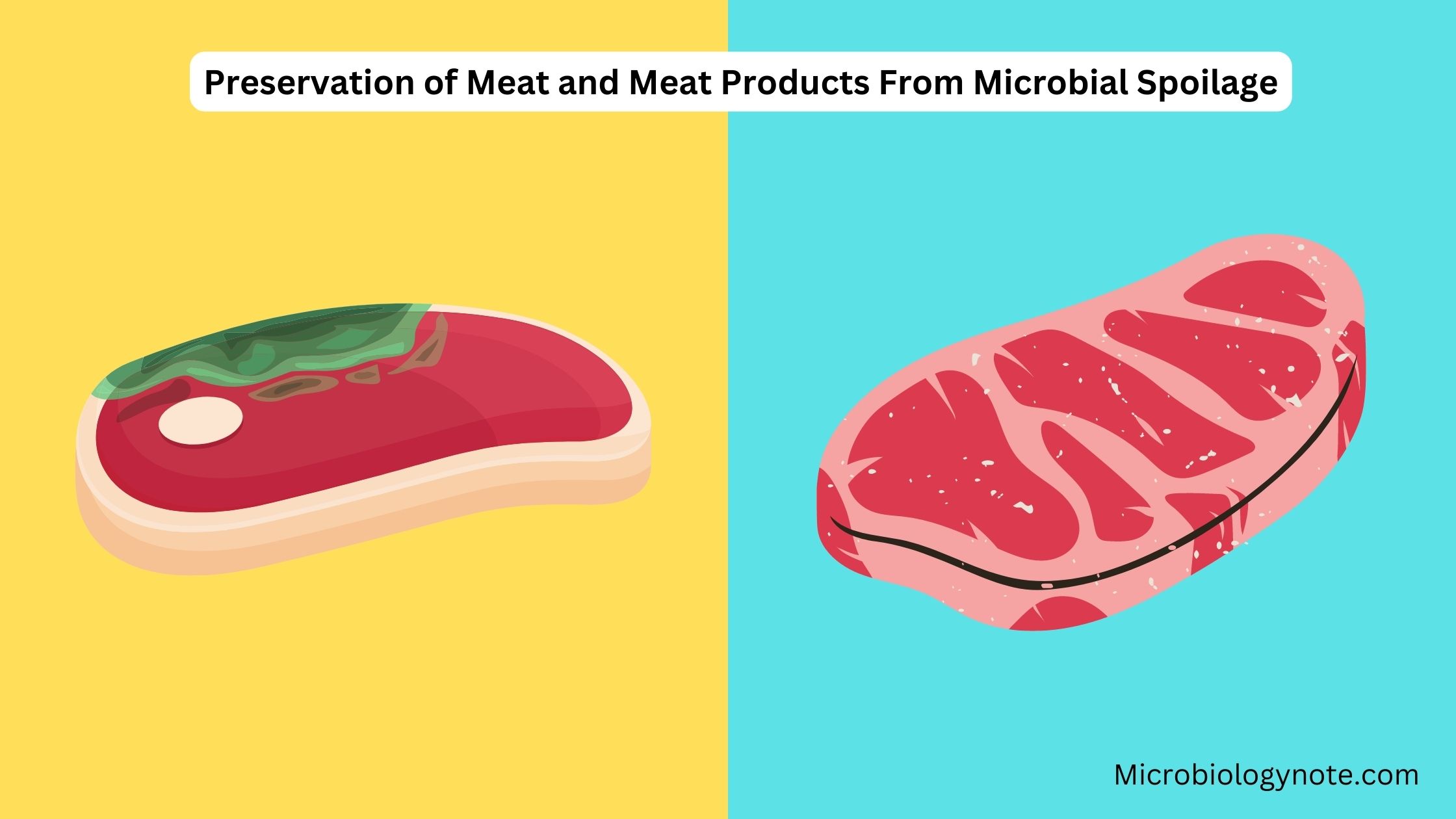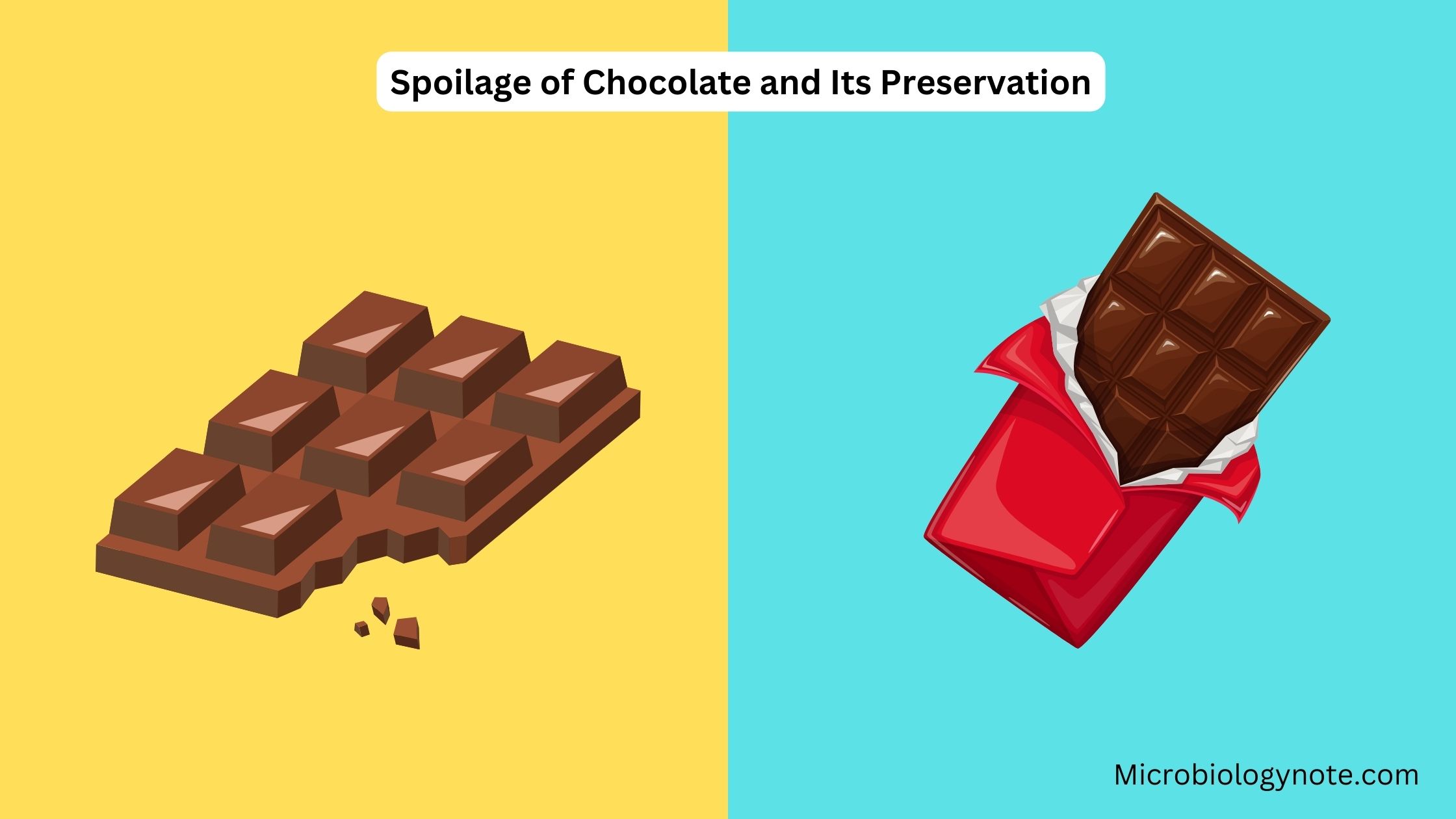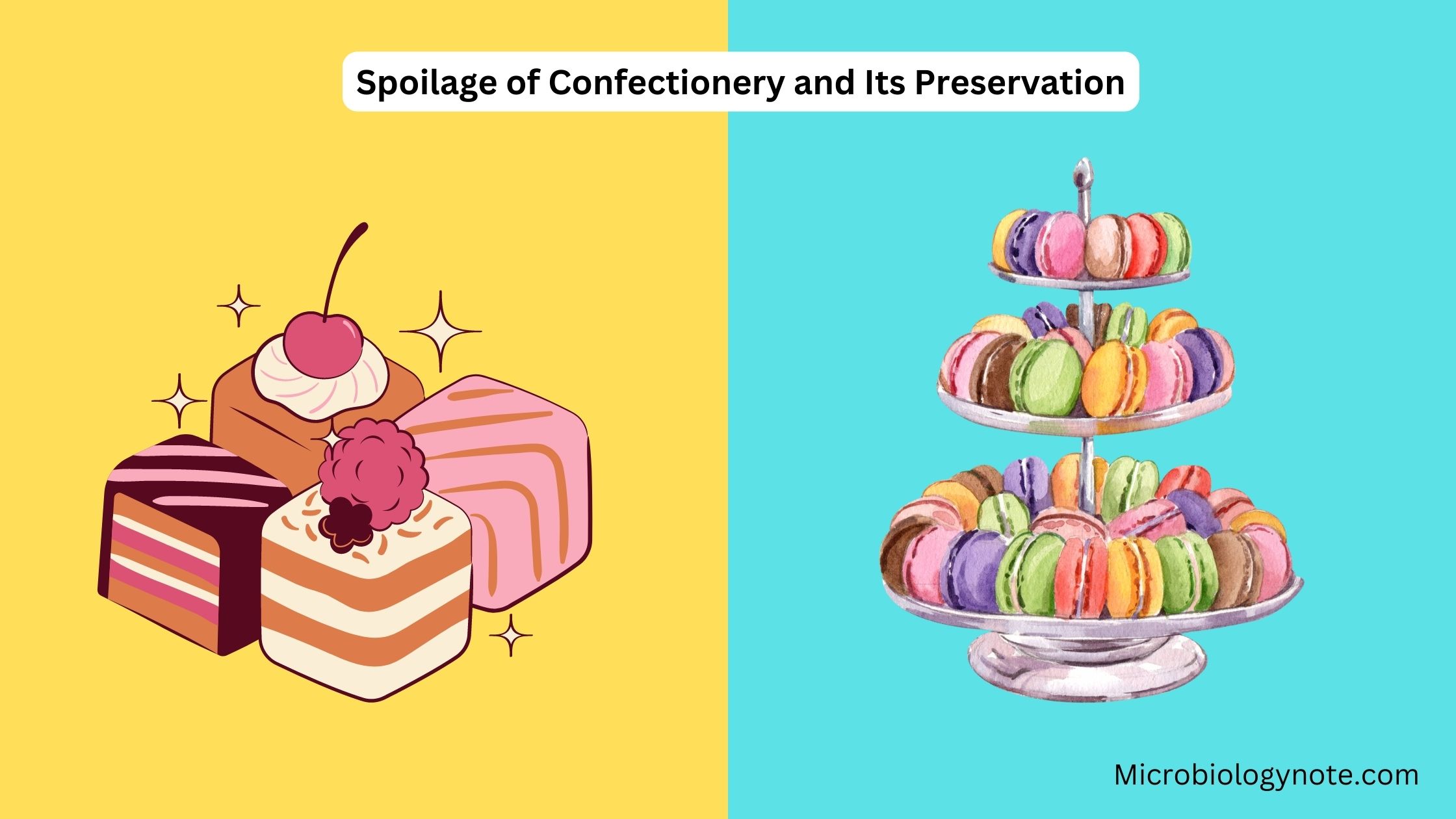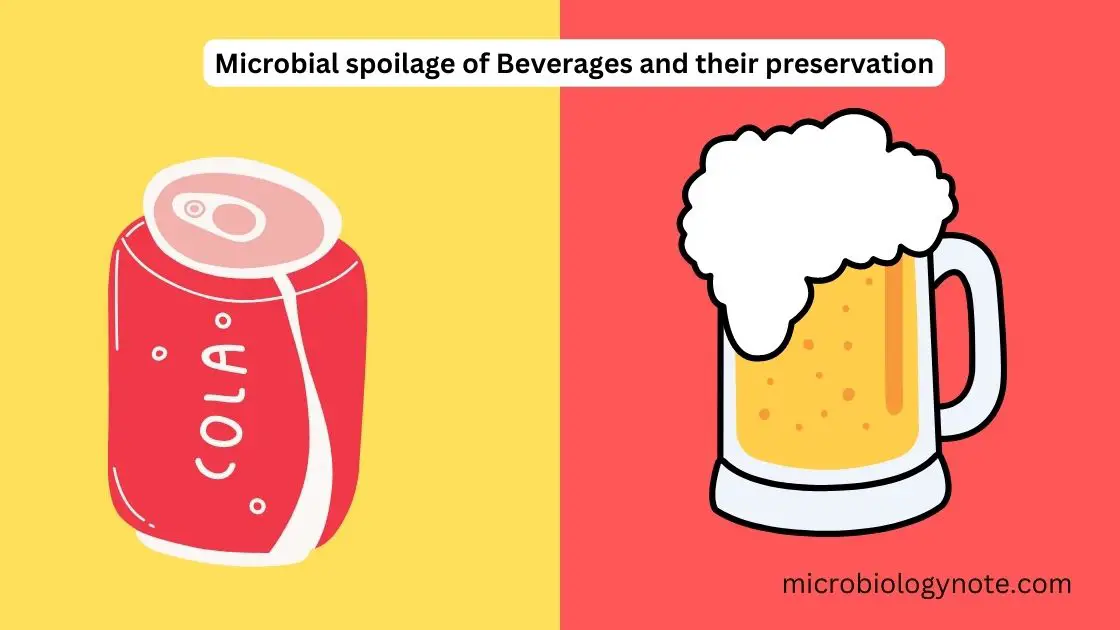Pasteurization – Definition, Types, Process, Uses
What is Pasteurization? Definition of Pasteurization Pasteurization is a process of treating food and beverages with mild heat to eliminate pathogens and extend shelf life while minimizing changes to nutritional quality and sensory characteristics. History of Pasteurization Purpose of Pasteurization The purpose of pasteurization is to achieve several important objectives in food preservation and safety. … Read more
